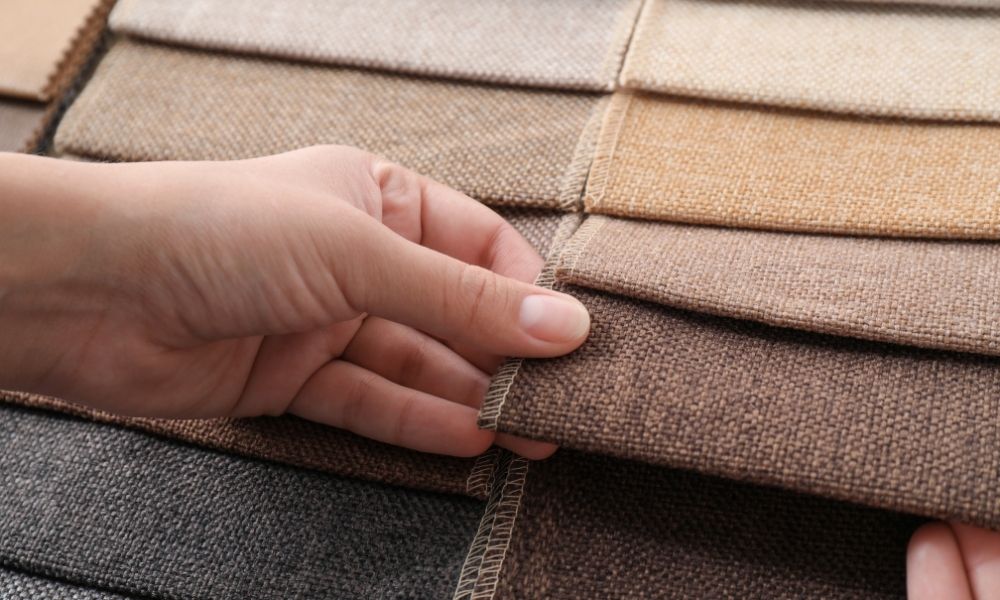Following are some rules that are not to be followed about Upholstered headboard
Do not use harsh cleaning chemicals or abrasive materials to clean an upholstered headboard, as this can damage the fabric and fill.
Do not place an upholstered headboard in direct sunlight or a damp area, as this can cause the fabric to fade or mildew.
Do not lean or sit on the headboard, as this can cause the fill to shift or become compressed.
Do not neglect regular vacuuming or dusting of the headboard, as this can cause dirt and dust to accumulate, which can lead to stains and odors.
Do not place heavy items on the headboard, as this can cause the fabric to stretch or tear, and the frame to become bent or damaged.
Do not place a headboard with a wooden frame in a humid room or area, as the wood may absorb moisture and become damaged.
Rules about installing Upholstered headboard
For installing an Upholstered headboard, consider the following rules:
Measure the size of your bed and make sure the headboard you purchase will fit properly.
Make sure the headboard is compatible with your bed frame. Some headboards have specific attachment methods, such as hooks or brackets.
Gather the necessary tools and materials, such as a drill, screws, and any hardware that comes with the headboard.
Place the headboard against the wall where you want to install it and mark the location of the attachment points.
Use a drill to make pilot holes at the marked locations.
Attach the headboard to the wall using the screws and hardware provided.
If the headboard is heavy, it may be helpful to have a second person assist you with the installation.
Once the headboard is securely attached to the wall, check for any wobbling or instability. Make adjustments as necessary.
Once everything is secure and stable, you can proceed to add the upholstery to your headboard.
Little Known Ways to Upholstered headboard
Use a unique fabric: Instead of using traditional upholstery fabrics, try using a unique fabric like burlap, denim, or even a vintage map to give your headboard a one-of-a-kind look.
Add tufting: Tufting is a great way to add texture and interest to an upholstered headboard. Use buttons or studs to create a tufted design on your headboard.
Add nailhead trim: Nailhead trim is a great way to add some extra detail to an upholstered headboard. It can be used to create a border around the headboard or to create a specific design.
Use stencils: Stencils can be used to create a pattern or design on an upholstered headboard. This is a great way to add a personal touch to your headboard without having to be an expert at freehand painting.
Incorporate reclaimed wood: Incorporating reclaimed wood into your upholstered headboard can add a rustic, natural touch to the piece. You can use reclaimed wood to create a frame for the headboard or to add a design element to the headboard.

